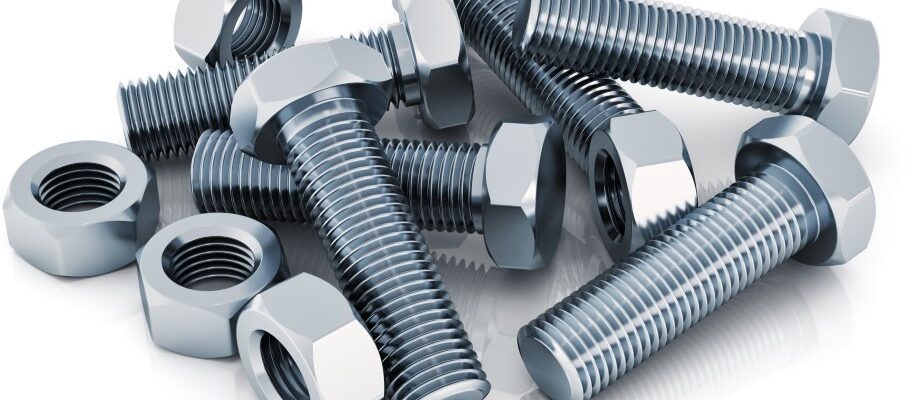Nuts and bolts are essential accessories used all over the world. From carpenters to mechanics to working at any location, nuts and bolts are needed to tighten or loosen the components with different types of wrenches. Whether you’re reading this on your mobile device, tablet, or laptop, there’s a nut and bolt inside, or if you’re sitting on a tale, chair, (not plastic) bench, you’ll see a nut and bolt on the surface. Can you categorize nuts and bolts? Of course you can, because you know they’re used to join another component. But that’s just one of the differences. Scroll down and you’ll find that I’ve explained many of the differences between bolts and nuts in detail.
What are nuts?
Nuts are a type of fastener with a threaded hole. They are used in conjunction with bolts to connect another component. They are typically made of carbon steel with zinc coating. Types of nuts include Cap nuts, Square nuts, Acorn nuts, Hex nuts, T-nuts, Castle nuts, nylon insert lock nuts, slotted nuts, jam nuts, coupling nuts, nylon insert jam lock nuts, and hexagonal nuts. Hexagonal nuts are the most common type of nuts used in various industries today. Hexagonal nuts offer more granularity than other types of nuts.
What are bolts?
The same is true for bolts, which are also fasteners and are inserted into nuts, both of which have good combination of thread friction and joints. Types of bolts include Shoulder bolts, Stud bolts, Timber bolts, Square head bolts, T-head bolts, Carriage bolts, Anchor bolts, Hanger bolts Hexagon bolts/Tap bolts, J-bolt, U-bolt, Elevator bolts, Machine bolts, Lag bolts, Plow bolts Flange bolts, Toggle bolts, Eyebolts.
Difference between bolts and nuts
Threads
One of the key differences between a bolt and a nut is that a bolt has threads on its outside, while a nut does not. This means that a bolt can be screwed into place, while a nut is typically tightened by a wrench or a socket. The threads on a bolt are also much deeper than on a nut, helping to prevent the bolt from becoming loose over time or during use.
Shape
Another important difference between nuts and bolts is the shape. Nuts tend to have a cylindrical shape, while bolts tend to have a cuboid shape. This allows nuts and bolts to fit better together when used together. Nuts also have an indent at one end. This indent is called the “captive side” and allows the nut to sit flush with the surface of the bolt or screw when tightened down.
Difference between bolt and nut
It all depends on what kind of fastener you’re going to use. Bolts are usually best for things that need a lot of tension or force to hold them in place, like when you’re putting together machinery or big pieces of furniture. Nuts, on the other hand, are usually used for things that don’t need a lot of pressure, like when you need to fasten small things like light fixtures or signs to walls or other surfaces without too much pressure, which could break them down in the long run.


